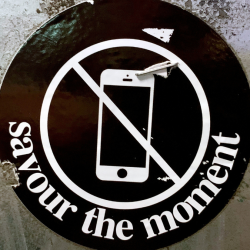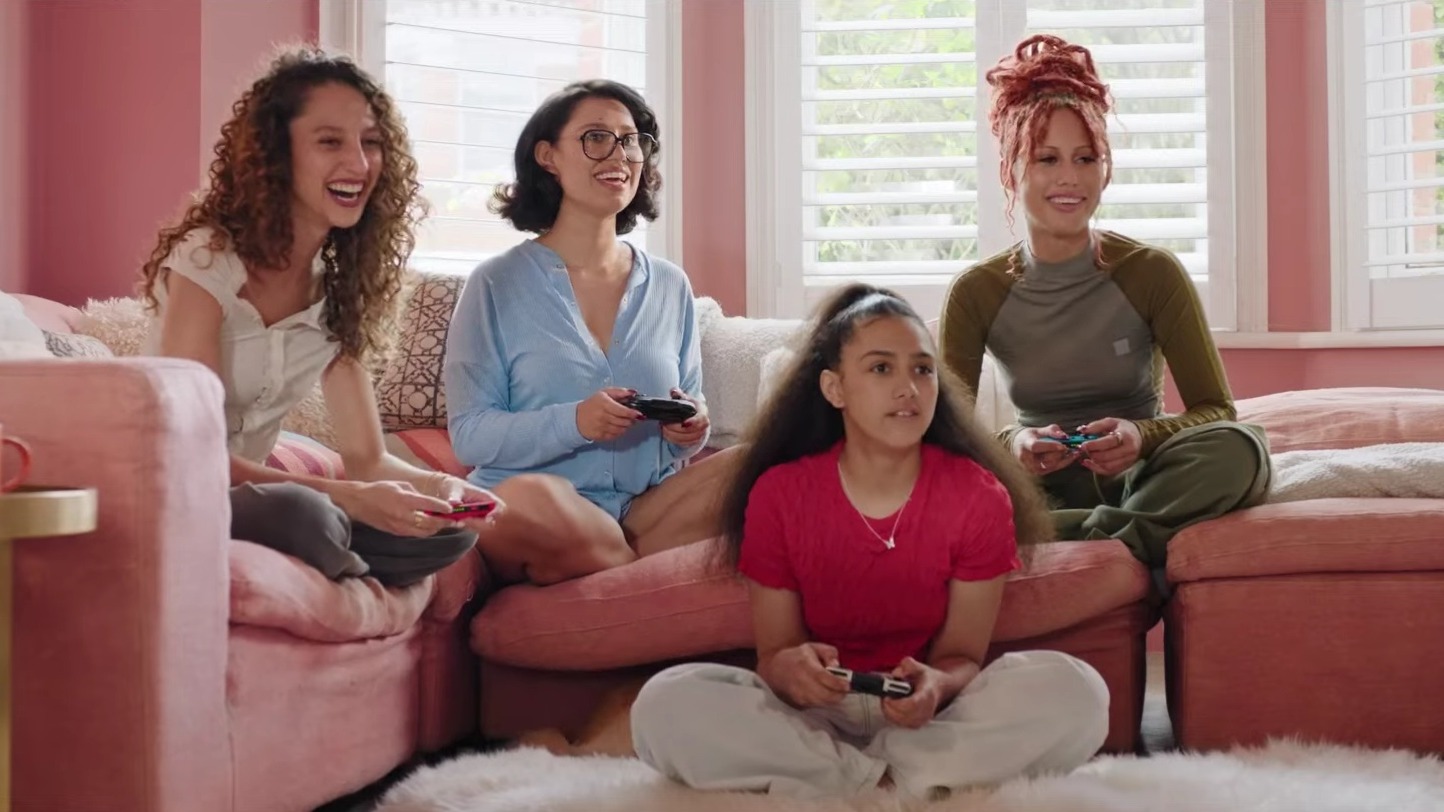Gaming is arguably the biggest and most impactful cultural space in the world today
Gaming has well and truly broken into the mainstream of culture, with everyone from Hollywood studios to streaming services wanting a part of the action. The more the worlds of gaming, TV and movies collide and compete for the same audiences the more the boundaries between these industries break down. With entertainment giants such as Netflix increasingly investing in gaming, it’s likely that gaming will only become more popular and accessible in future.
Plenty of brands want to insert themselves into the gaming marketplace, but sometimes marketers’ views of who ‘gamers’ really are can be skewed. Others may feel that gaming isn’t appropriate for their brand. But in reality, huge changes have been taking place both in the gaming world and in how we consume culture, with the pandemic, streaming, and the cross-pollination of other media all having their own impact. Brands which understand the nuances of who ‘gamers’ are today are the ones best placed to win in this space, provided they show up in a way that adds value to gamers.
But there’s a disconnect here.
Think of a typical gamer and who comes to mind: a young man sitting in a darkened room playing Call of Duty at high volume perhaps? But what about the 21-year-old woman playing Animal Crossing after uni lectures, the young couple curled up on the sofa in front of Netflix, the grandmother playing Candy Crush, or the family enjoying the Settlers of Catan board game after Sunday lunch?
So let’s get stuck into some common myths about gamers
Myth 1: Gamers are mostly male
In fact, around half of your potential audience is female, and in some areas of gaming, such as mobile gaming, women are in the majority. According to video game industry analysts at Circana, in 2023, 47% of console video game players in the US are women, 50% of PC video game players and 54% of mobile video games players.
It’s a far cry from the popular perception of the gaming audience. Collectives such as Black Girl Gamers demonstrate just how diverse the gaming space actually is once you dig a little deeper.
Myth 2: Gaming is a young demographic
Older people are increasingly gamers: not only have those now in their 50s been playing video games all their lives, but the pandemic has also ignited interest in gaming across older age groups. In fact, the percentage of gamers aged 55-64 grew by 32% between 2019 and 2021 ,according to online survey tool GWI. Hence the rise of ‘nostalgia gaming,’ with decades-old titles such as Age of Empires 2 enjoying a resurgence, and established franchises such as Final Fantasy remaking classic games. Games console brands like Xbox have also encouraged generations to connect over online gaming, especially during the Covid-19 lockdowns; to combat loneliness.
Myth 3: Gaming is all about high-octane thrills and violence
Actually, people use gaming to satisfy a wide range of emotional needs. Since the pandemic, the rise of ‘cosy gaming’ has been phenomenal. Games like Animal Crossing, Stardew Valley and Disney Dreamlight Valley provided a stress release and escape from boredom and loneliness. It has been a key space in the gaming world ever since. ‘Cozy’ games make people feel comfortable and safe, with plots often revolving around the natural world. (It’s a trend that has also crossed into the aesthetics of gaming setups at home, with screens and consoles surrounded by house plants and soft toy.)
Myth 4: Gaming communities are niche and nerdy
Gaming culture is firmly part of mainstream culture today. Just look at Hollywood; after ‘Barbenheimer,’ one of the biggest hits of the summer was the Super Mario Bros movie, grossing over $1.3bn worldwide. The recent success of TV properties based on gaming franchises such as HBO’s The Last Of Us and Netflix’s Castlevania show just how far storytelling from the world of gaming can travel. Online gaming communities are also huge, boosted by the likes of Reddit and popular influencers in the space. Their impact has fed over into mainstream culture with memes and jokes that come directly from gaming culture, which bring in more casual gamers.
Myth 5: Gaming equals video games
Don’t forget that before video games, there were IRL (in real life) games. Board games are enjoying a resurgence, often attracting similar audiences in the offline version of the gaming space. Tabletop gaming is big business: Games Workshop, creators of the legendary Warhammer 40,000 tabletop wargame has nearly doubled its revenue since 2019, and has just posted its 7th consecutive year of sales growth.
Gaming companies understand the value of tabletop gaming: in 2021 Asmodee, the company responsible for the hit board game Settlers of Catan, was sold for over $3bn in 2021, to video game company Embracer Group. Meanwhile, chess clubs have become cool again in the wake of Netflix’s The Queen’s Gambit: for example, Melbourne’s Acid Chess Club was started by a DJ, and recently teamed up with GZA of Wu-Tang Clan (a chess fanatic) to host a speed chess tournament.
Myth 6: The way into gaming is only in-game ads
Inserting your brand into a game via an in-game ad is not the only way to capture this audience’s attention. Some brands are taking a different approach; Pringles, for example, took a video game character out of Twitch and placed him in a series of ads, before returning him to the game as a brand ambassador.
Meanwhile, Heinz created hidden spots where people playing Call Of Duty could safely hide in-game while they ate a snack.
There are innumerable original ways to engage audiences around gaming which are rooted in audience behaviour and that, most importantly, add value to gaming audiences. With the rise of AI and the growing ubiquity of AR and VR, there really is no limit on the creative potential for brands in the gaming space.
So if you think you know gamers, maybe think again. There is a space in gaming for your brand. To misquote David Ogilvy: the gamer is not a nerdy young guy: she is your wife, your daughter, or even your grandma.
Featured image: Alena Darmel / Pexels



















